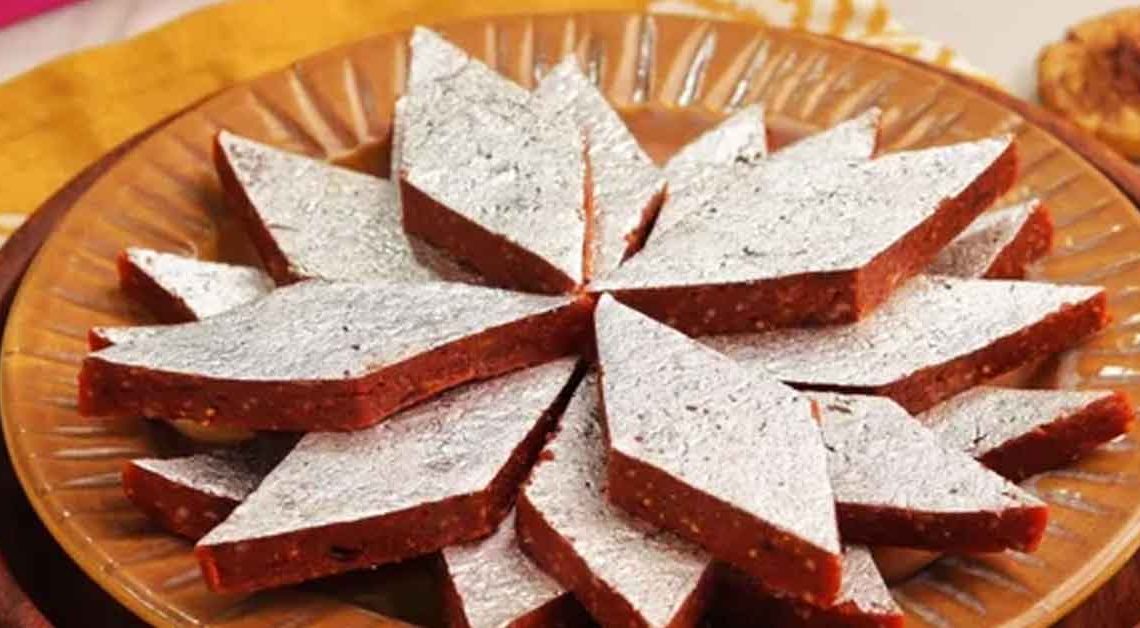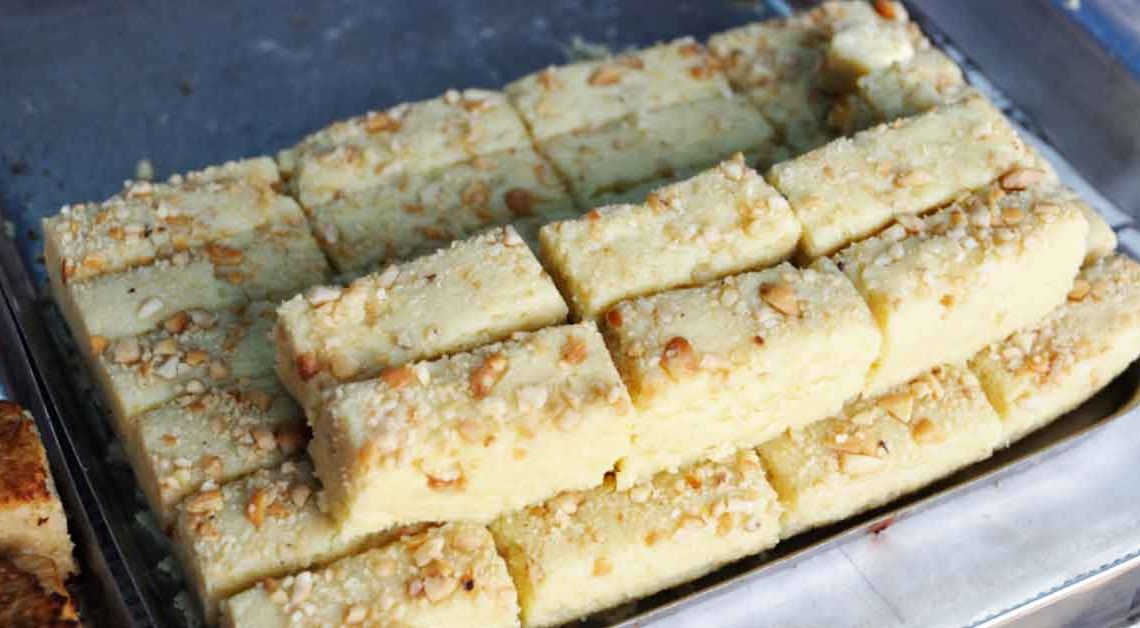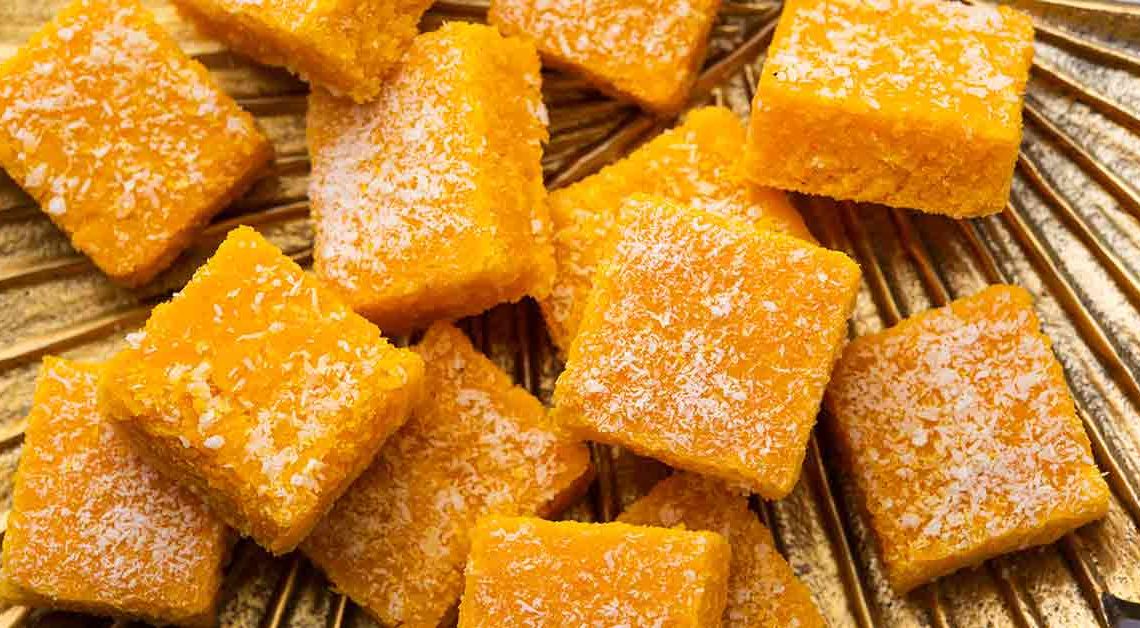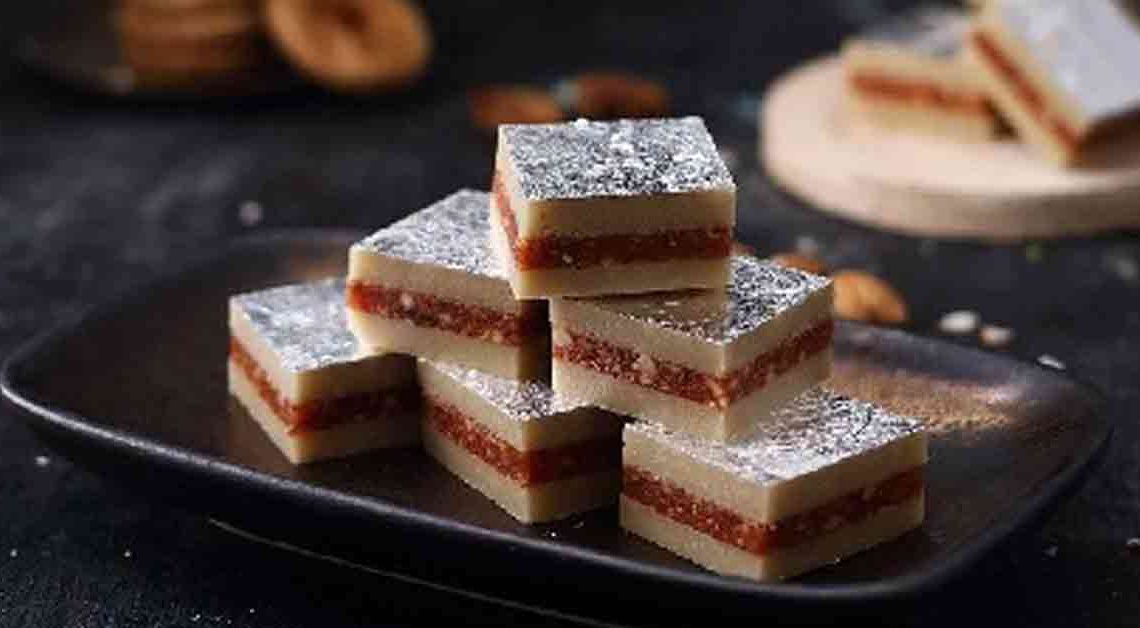Gems of Sweetness: Anjeer Diamond Barfi

Welcome to Mithainama where the essence of tradition meets the sophistication of taste – a place where the luscious Anjeer Diamond Barfi reigns supreme. Nestled within the heart of Indian confectionery, this delicacy is a jewel among sweets, combining the richness of figs with the opulence of nuts and aromatic spices.
Picture this: a confection that captivates with its diamond-shaped allure, a mosaic of texture and flavor. Its subtle sweetness lingers on the palate, leaving a trail of delightful indulgence. Each bite is an exquisite journey, evoking memories of royal banquets and ancient palaces.
The roots trace back centuries, originating from the kitchens of royal households, where skilled artisans crafted this confection as a symbol of opulence and prestige. Through generations, its recipe has been perfected, preserving its regal heritage while embracing modern variations to suit contemporary tastes.
Join us on a voyage through the history, flavors, and facts that elevate to an epitome of sweetness. Embark on this delectable journey and unlock the treasures of taste with our insights into the enchanting world of this royal Indian dessert.
Origin of Anjeer Diamond Barfi
The origins can be traced back to the rich culinary heritage of India, where traditional sweets hold a significant place in celebrations and rituals. This particular delicacy finds its roots entwined with the
, characterized by its opulence, grandeur, and culinary refinement.
During the Mughal period, intricate and luxurious desserts were crafted in royal kitchens to delight the noble palates of emperors and their courts. The Anjeer Diamond Barfi, also known as Anjeer Barfi or Fig Barfi, emerged as a favored delicacy among the elite.
The key ingredient, Anjeer, was revered for its natural sweetness and nutritional value. Fig cultivation had historical significance in regions like Persia from where it found its way to the Indian subcontinent.
Over time, this sumptuous sweet transcended royal courts and became a beloved treat across India. Families and artisans continued to pass down the traditional recipes, adapting them to regional preferences while maintaining the essence of its royal heritage.
Today, it remains a cherished part of Indian cuisine, celebrated during festivals, weddings, and special occasions, symbolizing not just culinary excellence but also a connection to a bygone era of splendor and refinement.
History of Anjeer Diamond Barfi
It holds a captivating history rooted in the rich culinary heritage of India. Its journey traverses centuries, drawing inspiration from both ancient traditions and the royal kitchens of bygone eras.
Originating during the Mughal period in India, this delicacy was crafted in royal kitchens, symbolizing luxury and refinement. The term “Anjeer” refers to figs, a prized ingredient known for its natural sweetness and nutritional benefits. During this period, the Mughal emperors and their courts indulged in extravagant feasts where elaborate desserts found their place among other sumptuous dishes.
Initially, this barfi was exclusively prepared in royal households, crafted by skilled artisans trained in the art of confectionery. However, as time passed, the recipe transcended palace walls and became a treasured delicacy embraced by the wider population.
Today, it remains a testament to India’s culinary legacy, continuing to enchant taste buds with its decadent blend of flavors and textures, reminding us of its illustrious origins in the splendid era of the Mughal dynasty.
Cultural Significance
The Anjeer Diamond Barfi holds a profound cultural significance deeply embedded in the culinary traditions of India. Its cultural relevance extends beyond just being a delectable sweet; it symbolizes heritage, celebration, and the richness of Indian cuisine.
Festive Celebrations: It is an integral part of celebratory occasions in Indian culture. It graces festive events such as Diwali, Eid, weddings, and religious ceremonies, symbolizing sweetness, prosperity, and the joy of sharing happiness with loved ones.
Culinary Heritage: With roots tracing back to the royal courts of the Mughal era, this barfi embodies the heritage of ancient culinary craftsmanship. Its intricate preparation methods and use of premium ingredients like Anjeer, khoya, and assorted nuts reflect the culinary sophistication and refinement of historical Indian kitchens.
Regional Variations: Across different regions of India, variations have emerged, incorporating local ingredients and culinary techniques. These regional adaptations not only showcase the diversity of Indian cuisine but also highlight the cultural uniqueness of each area.
Where is Anjeer Diamond Barfi Famous?
It holds a special place in the realm of Indian sweets and is renowned across the Indian subcontinent for its exquisite taste and cultural significance. However, its fame extends beyond geographical boundaries, gaining recognition in various regions and communities worldwide, especially among people who appreciate and savor diverse cuisines.
Across India, from north to south and east to west, the Anjeer Diamond Barfi is celebrated and savored during festivals, weddings, and special occasions. Regions like Rajasthan, Uttar Pradesh, Gujarat, Maharashtra, and Punjab have their versions and variations of this delectable sweet, each reflecting local preferences and culinary styles.
Indian communities settled around the globe, including the United States, the United Kingdom, Canada, Australia, and the Middle East, often prepare and enjoy barfi, maintaining their cultural ties and sharing traditional sweets during festivities and gatherings.
Interesting Facts and Trivia
Absolutely, here are some fascinating facts and trivia related to the Anjeer Diamond Barfi:
- Figs were valued for their nutritional benefits and natural sweetness. They held historical significance and were highly regarded in ancient civilizations, including Persia and India.
- This barfi is a quintessential part of Indian festivals and celebrations. It’s often shared among family and friends during Diwali, Eid, weddings, and religious ceremonies, symbolizing sweetness and prosperity.
- Across different regions of India, variations have emerged, incorporating local ingredients and techniques. For instance, some versions might include rose water or saffron for added aroma and flavor.
- Figs, the primary ingredient, are a rich source of fiber, vitamins, and minerals, contributing to the nutritional profile of this sweet. Despite its indulgent taste, it offers some health benefits due to the figs and nuts used in its preparation.
- Figs are a good source of calcium and vitamin K, essential for maintaining bone density and strength. Including this sweet in your diet may contribute to better bone health.
Did You Know?
Consuming Anjeer Diamond Barfi not only indulges your taste buds but also offers health benefits due to its primary ingredient, Anjeer. Figs are packed with nutrients, making this sweet treat a delightful and nutritious choice.
- Figs are a great source of dietary fiber, aiding in digestion and promoting a healthy digestive system. Including it in moderation can contribute to better digestive health.
- Figs contain essential vitamins and minerals, including vitamin A, vitamin K, potassium, calcium, and iron. These nutrients play a crucial role in supporting overall health and well-being.
- Figs are loaded with antioxidants that help combat oxidative stress in the body. These antioxidants may contribute to reducing inflammation and protecting cells from damage caused by free radicals.
- The presence of potassium in figs supports heart health by helping to regulate blood pressure levels. Incorporating it as part of a balanced diet may contribute to cardiovascular wellness.
- Figs are relatively low in calories and contain natural sugars, making them a satisfying yet healthier alternative to some other sugary treats. Enjoying Anjeer Diamond Barfi in moderation can aid in satiety without compromising on taste.







